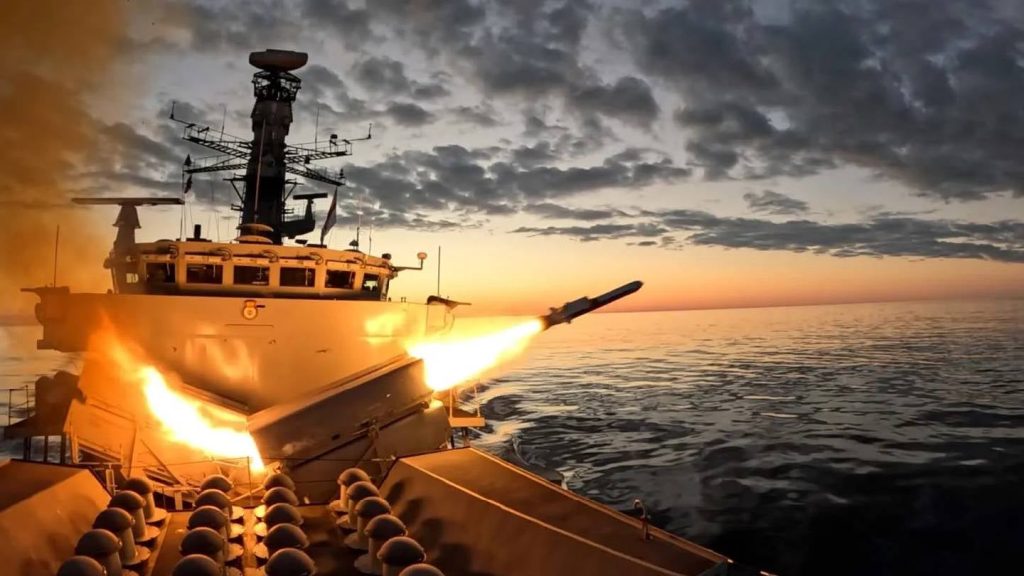Royal Navy’s HMS Somerset (F82), a Type-23 frigate, has conducted the first British test firing of a Naval Strike Missile (NSM) off the coast of Andøya, Norway.
This firing was the result of extensive preparation, involving months of detailed planning and system adjustments, including alignment and sea acceptance trials, Royal Navy said in a statement.
Discover B2B Marketing That Performs
Combine business intelligence and editorial excellence to reach engaged professionals across 36 leading media platforms.
Find out more
The NSM, weighing 400kg, offers greater range and precision, capable of targeting both warships and land-based objectives.
The missile is claimed to be far more capable than the Harpoon systems on Type 23 frigates and Type 45 destroyers.
UK Minister for Defence Readiness and Industry Luke Pollard said: “The NSM is one of the most advanced missiles in our naval arsenal. It will give the Royal Navy and our allies an edge against our enemies.”
“This milestone, achieved through our exemplary international partnership with Norway, significantly enhances our maritime deterrent and underscores the Government’s dedication to investing in the technologies that will maintain Britain’s secure.”
The NSM, manufactured by Kongsberg Defence & Aerospace, is already operational with navies in Norway, the US, and Poland.
It travels at speeds close to Mach 1 and can strike targets more than 100 miles away while evading detection by skimming close to the sea surface.
The missile will complement the forthcoming ‘Future Cruise Anti-Ship Weapon’, set to be deployed on next-generation Royal Navy warships equipped with Mk41 vertical launch systems.
As well as HMS Somerset, NSM is also fitted to HMS Richmond and HMS Portland.
The missile launch was part of Operation Aegir 25, an exercise involving British, Norwegian, and Polish forces.
Allied forces conducted further firings from various platforms, including land-based systems and Norway’s Coastal Ranger Command as operation Aegir 25 continued through September.


